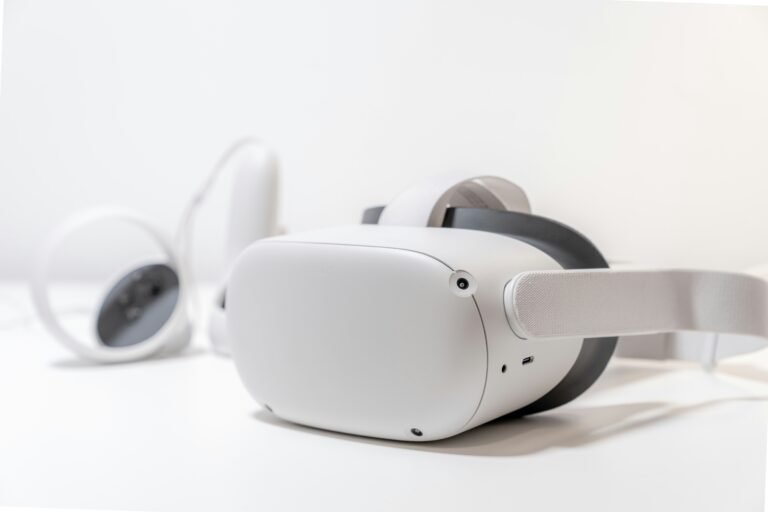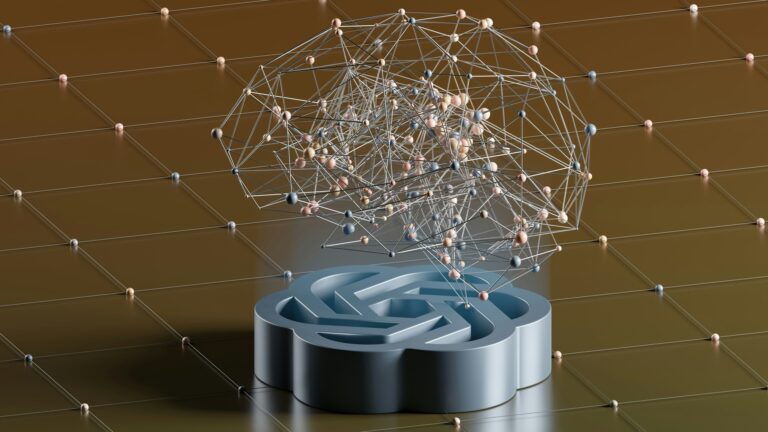
Introduction
In an era where cyberattacks threaten everything from personal data to national security, keeping information safe is more critical than ever. Enter quantum cryptography, a cutting-edge technology that uses the principles of quantum physics to create virtually unbreakable encryption. Unlike traditional methods, quantum cryptography promises a level of security that could withstand even the most advanced hacking attempts, including those from future quantum computers. This article explores what quantum cryptography is, how it works, its real-world applications, current trends, and its potential to revolutionize cybersecurity, all explained in an engaging and accessible way for everyone.
What is Quantum Cryptography?
Quantum cryptography is a method of securing communication by leveraging the unique properties of quantum mechanics, the science of particles like electrons and photons at the smallest scales. It ensures that data—such as financial transactions, medical records, or government secrets—remains confidential and tamper-proof. The most well-known application of quantum cryptography is Quantum Key Distribution (QKD), which allows two parties to share encryption keys securely.
Key Principles of Quantum Mechanics
- Superposition: Particles exist in multiple states simultaneously until measured. This unpredictability makes it hard for eavesdroppers to intercept data without detection.
- Entanglement: Particles can be linked, so measuring one instantly affects the other, even across vast distances. This enables secure key sharing.
- Heisenberg’s Uncertainty Principle: Measuring one property of a particle (e.g., position) alters another (e.g., momentum), making unauthorized access detectable.
For example, in QKD, a sender (Alice) encodes a key in photons and sends them to a receiver (Bob). If a hacker (Eve) tries to intercept the photons, their quantum state changes, alerting Alice and Bob to the intrusion.
How Quantum Cryptography Works
Quantum cryptography, particularly QKD, relies on quantum properties to secure communication. Here’s a simplified process:
- Key Generation: Alice creates a random encryption key and encodes it onto photons (light particles) using properties like polarization (e.g., vertical or horizontal).
- Transmission: The photons are sent to Bob over a quantum channel, typically a fiber-optic cable or free-space laser.
- Measurement: Bob measures the photons using a compatible method. Due to quantum mechanics, any eavesdropping alters the photons’ states, making it detectable.
- Key Verification: Alice and Bob compare a subset of the key over a public channel to confirm no tampering occurred. If secure, they use the key to encrypt data.
- Secure Communication: The verified key encrypts messages sent over a classical channel (e.g., the internet), ensuring confidentiality.
For instance, if a bank uses QKD to share a key between branches, any hacking attempt disrupts the quantum states, invalidating the key and protecting the data.
Real-World Applications of Quantum Cryptography
Quantum cryptography is moving from labs to practical use, offering unparalleled security across industries.
Financial Sector
Banks and financial institutions use quantum cryptography to protect transactions and customer data. For example, China’s ICBC bank has implemented QKD to secure inter-branch communications, safeguarding against cyber threats.
Government and Defense
Governments rely on quantum cryptography to protect sensitive communications. The U.S. Department of Defense is exploring QKD for secure military networks, while China’s Micius satellite uses quantum cryptography for global secure communication.
Healthcare
Quantum cryptography ensures the privacy of medical records and telemedicine data. Hospitals can share patient information securely, preventing breaches that could expose sensitive health data.
Telecommunications
Telecom companies are integrating QKD into networks to secure data transmission. In 2024, Toshiba partnered with European telecoms to deploy QKD over existing fiber networks, protecting consumer data.
Critical Infrastructure
Power grids, water systems, and transportation networks use quantum cryptography to secure control systems. For example, QKD can protect smart grids from cyberattacks that could disrupt electricity supply.
Behind every good headline is research — and behind every good trade is strategy. Dive into the finance section now.
Current Trends in Quantum Cryptography
As of June 2025, quantum cryptography is advancing rapidly, driven by technological breakthroughs and growing cyber threats. Here are key trends:
Satellite-Based QKD
Satellites enable global quantum communication by transmitting keys over long distances. China’s Micius satellite has demonstrated QKD between continents, paving the way for a global quantum internet.
Integration with Existing Infrastructure
Researchers are adapting QKD for existing fiber-optic networks, reducing deployment costs. Companies like ID Quantique are developing compact QKD devices compatible with standard telecom systems.
Post-Quantum Cryptography
While quantum cryptography uses quantum mechanics, post-quantum cryptography develops classical algorithms resistant to quantum computer attacks. NIST is standardizing these algorithms, complementing QKD efforts.
Quantum Internet
A quantum internet, where quantum networks connect globally, is emerging. Pilot projects in the Netherlands and China are testing quantum repeaters to extend QKD range, aiming for a secure global network by 2030.
Commercial Adoption
Startups and tech giants like IBM and Google are investing in quantum cryptography solutions. Commercial QKD systems are becoming more affordable, encouraging adoption by businesses beyond finance and defense.
Benefits of Quantum Cryptography
Quantum cryptography offers significant advantages:
- Unbreakable Security: Quantum properties make eavesdropping detectable, ensuring robust protection.
- Future-Proofing: QKD resists attacks from quantum computers, which could break traditional encryption.
- Trustworthiness: Transparency in key verification builds trust between parties.
- Versatility: Applicable to diverse sectors, from finance to healthcare.
- Scalability: Advances in satellite and fiber integration make it viable for widespread use.
Challenges of Quantum Cryptography
Despite its promise, quantum cryptography faces hurdles:
- Cost and Infrastructure: QKD systems require specialized hardware, like photon detectors, which are expensive.
- Distance Limitations: Quantum signals degrade over long distances in fiber, requiring quantum repeaters that are still in development.
- Complexity: Implementing and maintaining quantum systems demands technical expertise.
- Interoperability: Integrating QKD with classical systems remains a challenge for widespread adoption.
- Scalability: Current systems handle limited data volumes, unsuitable for high-traffic networks.
Addressing these requires ongoing research, investment, and collaboration between academia, industry, and governments.
The Future of Quantum Cryptography
Quantum cryptography is poised to redefine cybersecurity. By 2030, experts predict:
- Global Quantum Networks: A quantum internet will enable secure communication worldwide.
- Wider Accessibility: Cheaper, compact QKD devices will bring quantum cryptography to small businesses and consumers.
- Hybrid Security Models: Combining QKD with post-quantum cryptography will create layered defenses.
- Critical Infrastructure Protection: Quantum cryptography will safeguard power grids, transportation, and more against quantum threats.
Continued innovation and education will ensure quantum cryptography becomes a cornerstone of digital security.
Conclusion
Quantum cryptography is a game-changer, harnessing the strange and powerful rules of quantum mechanics to secure our digital world. From protecting financial transactions to enabling secure global communications, its applications are vast and growing. As trends like satellite QKD, quantum internet, and commercial adoption drive progress, quantum cryptography promises a future where data is safe from even the most advanced threats. By overcoming challenges like cost and scalability, this technology can empower individuals, businesses, and governments to navigate the digital age with confidence.




